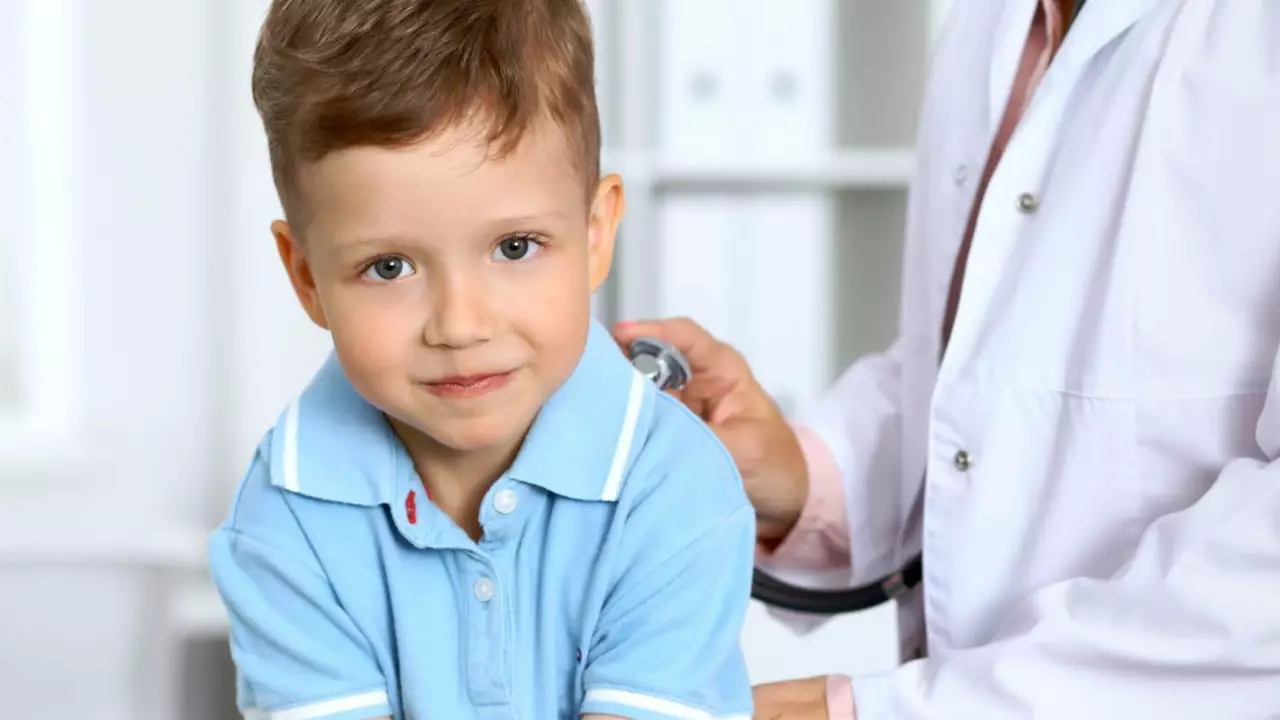Kids get sick fast and parents need clear, usable advice. This page gives quick, practical tips on giving medicines to children, spotting unsafe products, storing meds, and buying medicine online without risking safety. No jargon — just the steps you can use today.
Always dose by weight when possible. Many pediatric doses use mg per kg. If you don’t know your child’s weight, weigh them or ask a clinic. For common pain and fever medicines: acetaminophen is usually 10–15 mg/kg per dose every 4–6 hours (max 5 doses a day); ibuprofen is roughly 5–10 mg/kg every 6–8 hours. These are examples — check your product label and talk to your pediatrician before using. Use an oral syringe for accuracy; kitchen spoons are unreliable.
Never give adult-strength pills to a child without a doctor’s instruction. Crushing or splitting adult tablets can change how the drug works. For infants and toddlers, stick to liquids or pediatric formulations made for children.
Store meds in a high, locked place, away from heat and moisture. Check expiry dates and throw away old medicine safely. Keep a simple chart in your medicine cabinet: drug name, dose, time given. That stops double-dosing when you’re tired.
Watch for side effects. Rashes, difficulty breathing, severe vomiting, unusual drowsiness, or a seizure need immediate medical care. For high fevers (over 104°F / 40°C), persistent dehydration, or if a child looks much worse than when you started treatment, contact your doctor or urgent care.
Online pharmacies can be cheaper and convenient, but choose carefully. A legitimate pharmacy will ask for a prescription for prescription-only drugs, list a real address and phone number, and have clear contact details for pharmacists. Look for third-party reviews and avoid sites that sell powerful prescription drugs without any paperwork. If a price seems too good to be true, it probably is.
If you must order supplies (like inhalers or allergy meds), confirm shipping times and storage conditions. Some meds need cooling — ask the pharmacy how they handle cold-chain shipping.
Final practical tips: keep a recent list of your child’s allergies and meds in your wallet, review doses with your pediatrician at checkups, and teach older kids why they should never take medicine without an adult. Small steps like these cut errors and keep kids safer when they’re sick.

Solifenacin, a drug mainly used for adult overactive bladder, is sometimes given to children and teens. This article breaks down how safe and effective solifenacin is for younger patients, what side effects families should watch for, and which situations make it a good option. Real-world advice, medical facts, and guidance for caregivers make this a must-read for anyone dealing with pediatric bladder problems.

Hey there awesome parents! Managing spasms in kiddos can be as tricky as solving a Rubik's cube blindfolded, am I right? But don't fret, there are ways to ease those twitching tiny muscles. First off, keeping your child hydrated is as crucial as keeping your plant watered - you don't want either to wither, right? Also, regular stretches are like the secret ingredient in Grandma's pie, they can work wonders! So, next time your little one starts twitching like a breakdancer, remember these tips and know that you've got this under control!
Solifenacin, a drug mainly used for adult overactive bladder, is sometimes given to children and teens. This article breaks down how safe and effective solifenacin is for younger patients, what side effects families should watch for, and which situations make it a good option. Real-world advice, medical facts, and guidance for caregivers make this a must-read for anyone dealing with pediatric bladder problems.
In my latest blog post, I discuss the importance of community outreach in promoting HIV awareness and prevention, with a focus on the antiretroviral drug Atazanavir. As a key player in the fight against HIV, Atazanavir has been proven effective in suppressing the virus and improving patients' quality of life. By educating our community about this medication, we can empower people living with HIV and help prevent the spread of the virus. Additionally, I explore various community outreach strategies and tools that can be implemented to raise awareness and encourage prevention. Join me in spreading the word to help create a healthier, more informed society.
Learn how to safely buy cheap generic Neurontin online, spot legit pharmacies, compare prices, avoid scams, and get your prescription delivered to Ottawa.
Fluticasone nasal spray and oral steroids both reduce inflammation, but they work very differently. Learn why nasal spray is safer for allergies and when oral steroids are actually needed.
Off-label drug use is common, legal, and often necessary - but not always safe. Learn why doctors prescribe medications beyond FDA approval, how it impacts patients, and what you need to know before taking an unapproved drug.